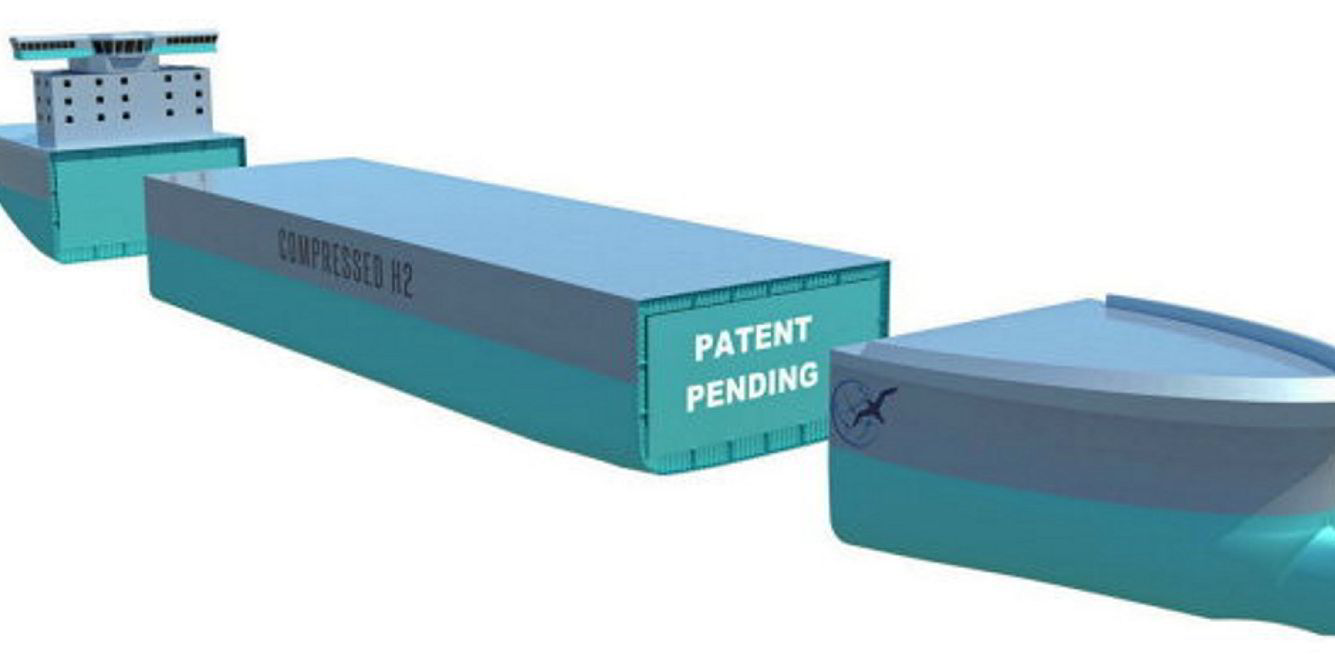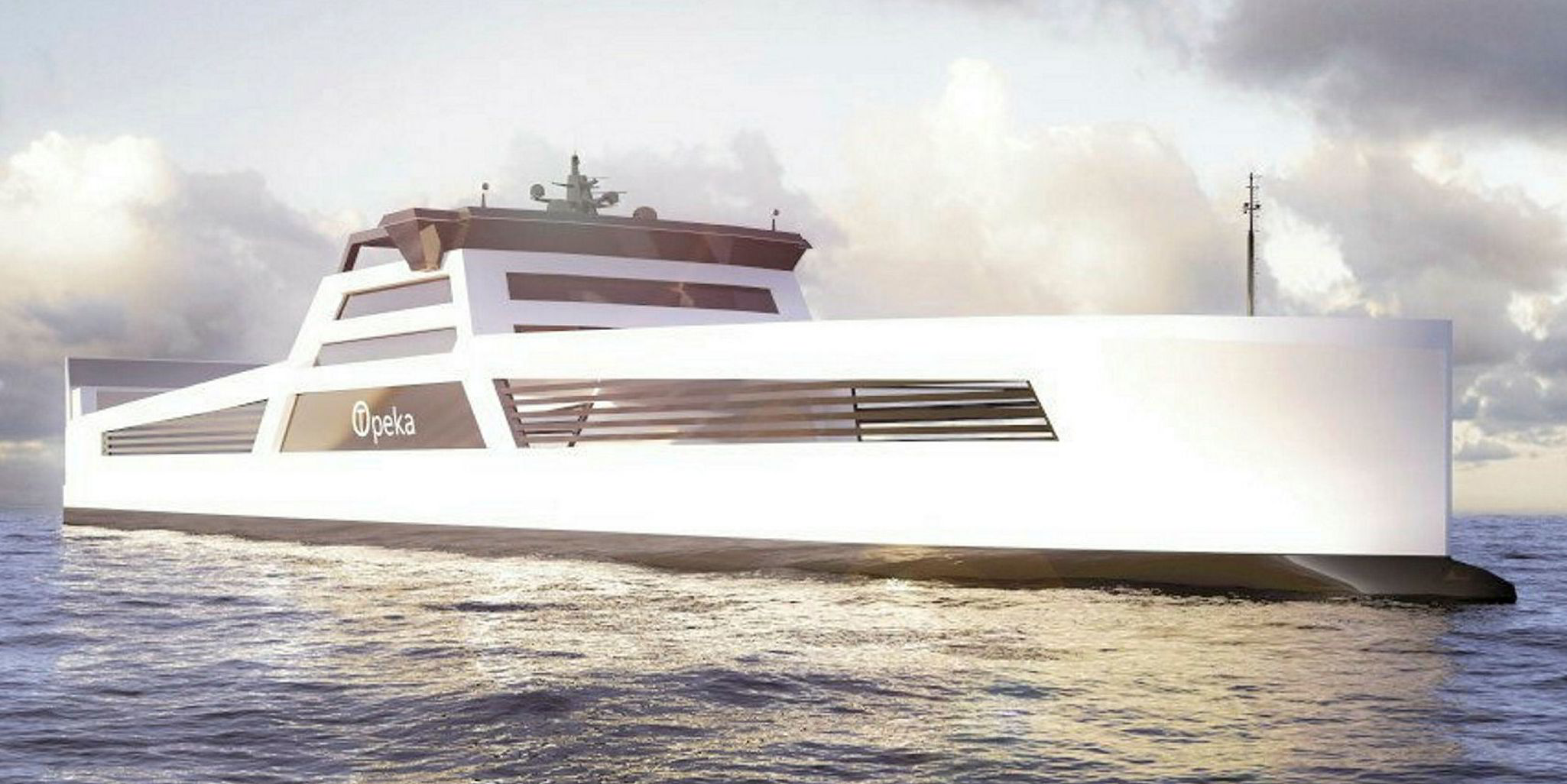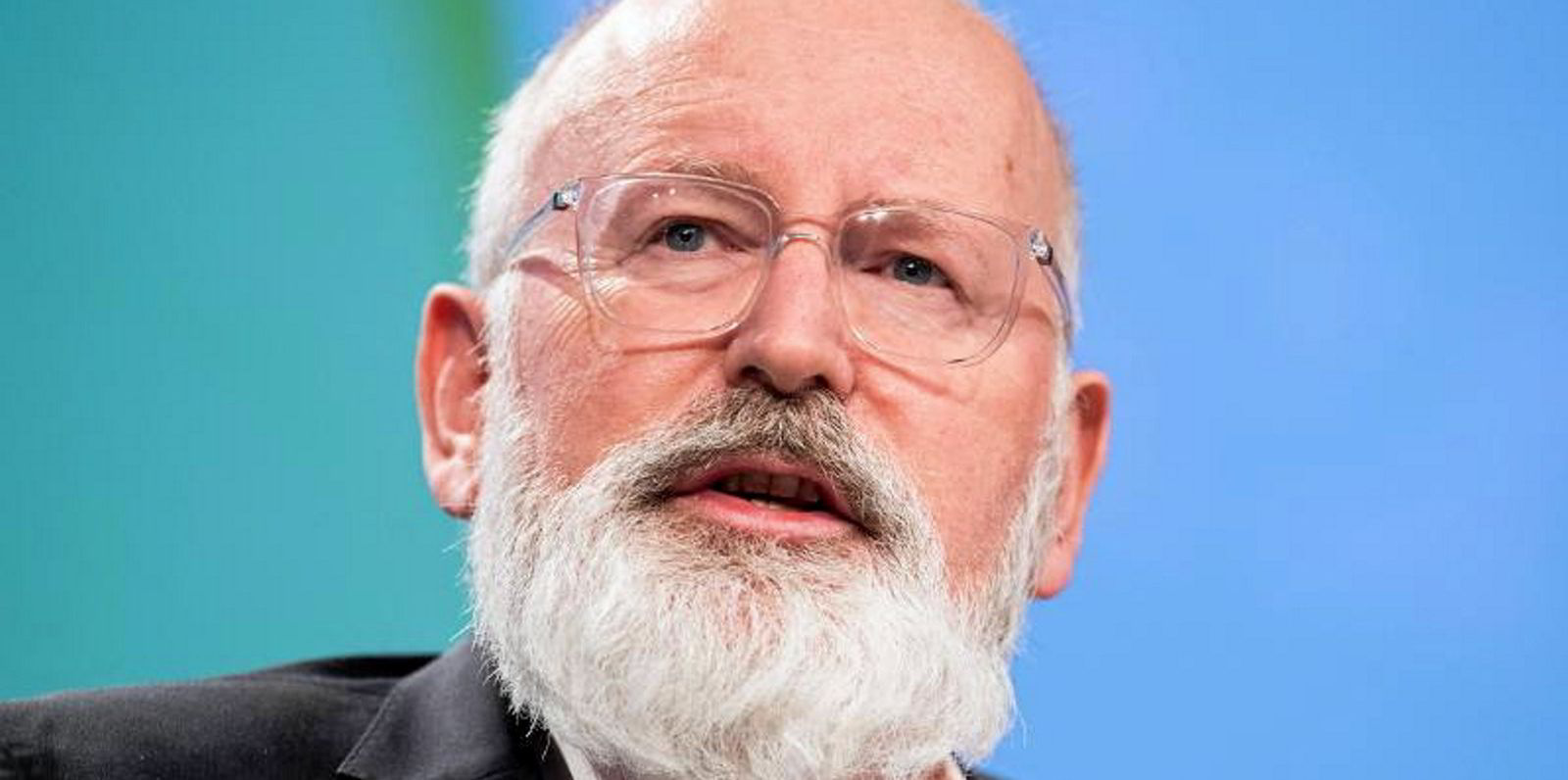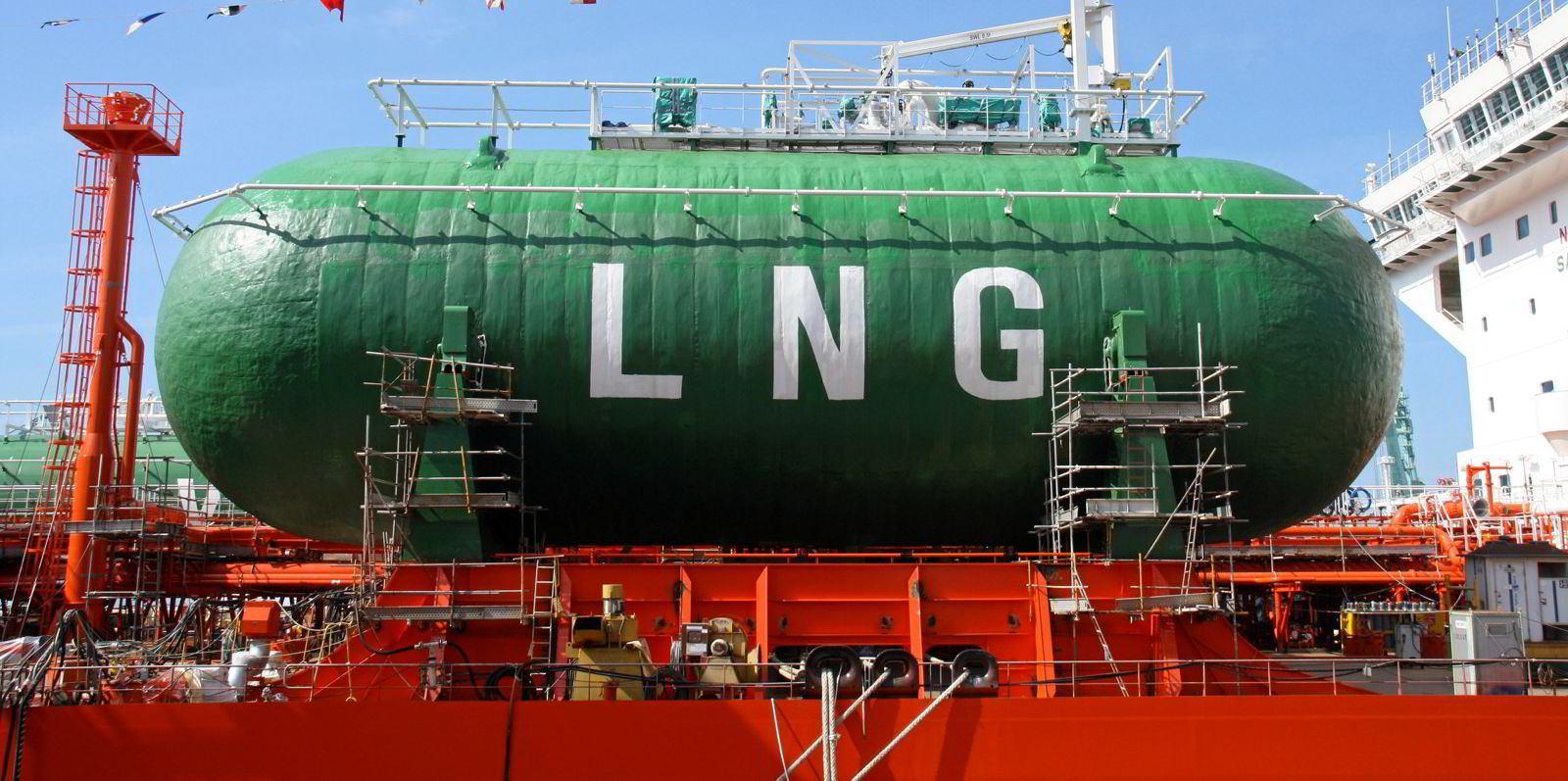Sydney-listed Global Energy Ventures (GEV) has finished design work on its planned compressed hydrogen carrier.
The C-H2 ship has been developed with Capilano Maritime Design. It will have a 2,000-tonne (23-cbm) capacity, which GEV described as "large".
The plan is to carry the green fuel from Australia to the Asia Pacific region, drawing on the company's expertise in compressed natural gas vessels.
GEV said it wanted to be an early mover in the carbon-free technology when it first unveiled its intention to design a hydrogen vessel in October.
A US provisional patent application has been filed and GEV hopes to win approval in principle from US classification society ABS in the first half of this year.
The company is also comparing hydrogen compression to alternative transport methods such as liquefaction.
GEV executive director Martin Carolan said: "The C-H2 ship design is the culmination of significant engineering work by our team with the support of Capilano naval architects.
"The application of compression, an existing solution for the storage and transport of hydrogen, with the company’s proprietary C-H2 ship design, will have the advantages of simplicity in the development and implementation to compress/load, transport and unload."
Layered tanks
The containment system is made up of two 20-metre diameter tanks, within the hull of the ship.
They will store ambient temperature hydrogen at an operating pressure of 3,600 psi.
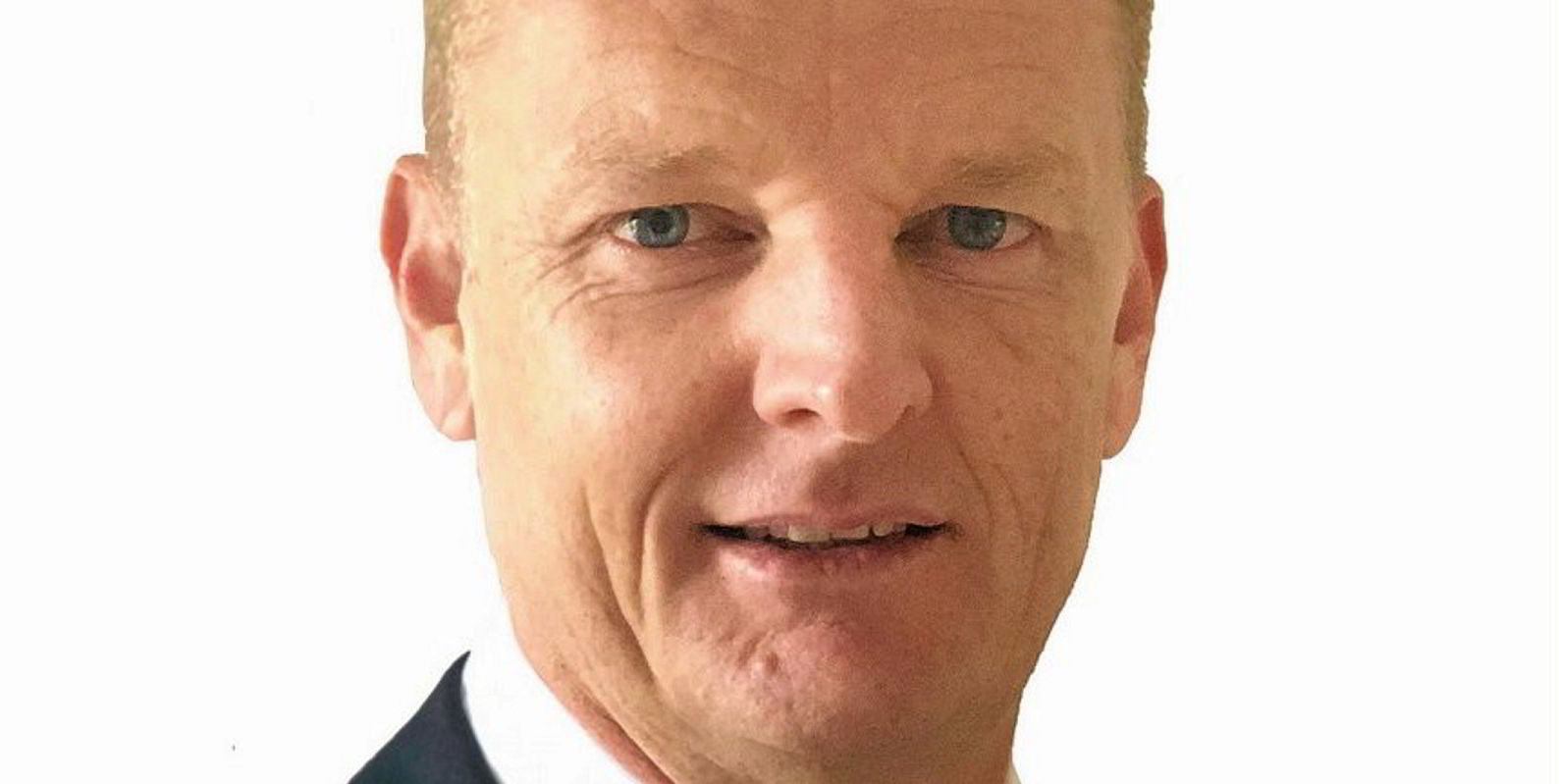
The design of the C-H2 ship will also allow for the evaluation of smaller capacity ships for demonstration or pilot scale export projects.
"One of the key considerations in designing a steel tank for storing hydrogen, is that the hydrogen molecule is so small it can enter the steel's molecular structure and over time can cause the steel to suffer from embrittlement," GEV said.
One way to avoid this is to provide a liner that prevents migration of hydrogen into the steel.
The tanks will need to be constructed in layers as a result.
Stainless steel will be used as the innermost layer, being resistant to hydrogen embrittlement, with six surrounding layers of ductile high-strength alloy steel to meet strength and fatigue requirements.
Any cracking will be prevented from spreading to surrounding layers, the company added.
Fuel cell power
With the rapid advancements in fuel cells and hydrogen internal combustion engines, GEV intends to fuel the ship with hydrogen available from the containment systems, providing a zero-carbon shipping solution.
The next development phase for C-H2 will include further engineering and design work in parallel with prototype testing, with the target for ABS full design class approvals in the first half of 2022.
GEV said Australia already has a national hydrogen strategy that includes the establishment of hydrogen hubs for production and export to the country’s major energy trading partners across Asia.
Funding options from existing and newly announced Australian government research and development programmes are being assessed under the AUD 1.9bn ($1.36bn) state scheme to provide renewable technologies.
